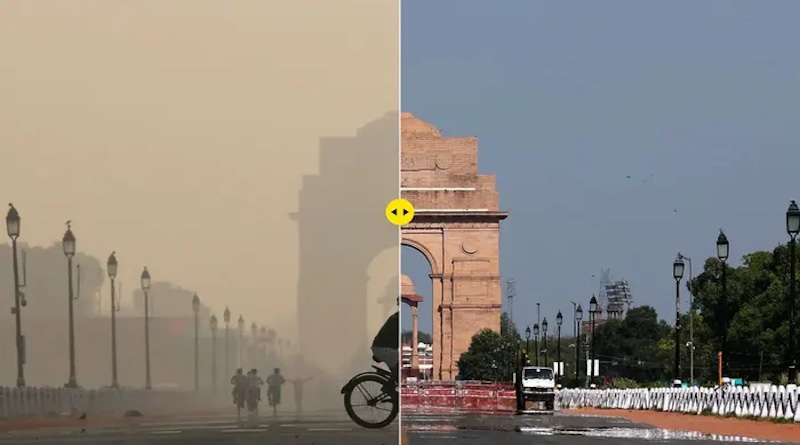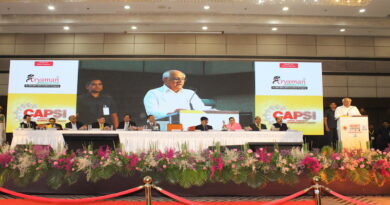Overall Air Quality in Delhi-NCR Improving.
- Delhi registers its best ever average air quality for the period between January – August 2023 during the last 8 years (barring the COVID affected 2020)
- January-August in 2023 has recorded daily average PM2.5 concentrations of about 77 µgm/m3 as against ranging from 85-97 µgm/m3 during the corresponding periods from 2017 to 2022 (barring the COVID affected 2020)

Delhi: The air quality in Delhi-NCR has been steadily improving from January to August this year, showing the best average air quality in the past 8 years (excluding the COVID-impacted 2020). The average Air Quality Index (AQI) for this period in 2023 is 174, compared to 194 in 2022, 192 in 2021, 147 in 2020, 199 in 2019, 203 in 2018, 203 in 2017, and 236 in 2016.
Since 2021, the AQI has remained below 200 for this period, with the lowest being 174 in 2023 (excluding 2020). The AQI is influenced by factors such as rainfall, precipitation, and wind speed. Despite low rainfall and dust storms in August 2023, the daily average AQI for all 31 days remained in the “Satisfactory – Moderate” category. From January to August 2023, Delhi had 163 days with “Good” to “Moderate” air quality (Daily Average AQI < 200), marking an improvement compared to the previous 5 years (excluding 2020). In comparison, there were 116 such days in 2022, 144 in 2021, 135 in 2019, and 123 in 2018.
Furthermore, during this period in 2023, there has been a significant reduction in daily average PM2.5 and PM10 concentrations compared to the past 6 years. The average daily PM2.5 concentration was about 77 µgm/m3 in 2023, down from a range of 85-97 µgm/m3 during the same period from 2017 to 2022 (excluding 2020). Similarly, the average daily PM10 concentration in Delhi was around 176 µgm/m3 in 2023, notably lower than the range of 201-226 µgm/m3 observed from 2017 to 2022 (excluding 2020).
This positive trend in air quality during 2023 can be attributed to favorable meteorological conditions, consistent efforts to reduce pollution, actions taken by various stakeholders, and ongoing monitoring and enforcement measures.






Pingback: เต่าซูคาต้า
Pingback: where to buy loose leaf wraps
Pingback: สวนหิน
Pingback: SHOPEE สล็อต
Pingback: ของพรีเมี่ยม
Pingback: Read Full Report
Pingback: lg96
Pingback: จองตั๋วรถทัวร์ออนไลน์
Pingback: roay91
Pingback: รับผลิตสปริง
Pingback: melbet casino app